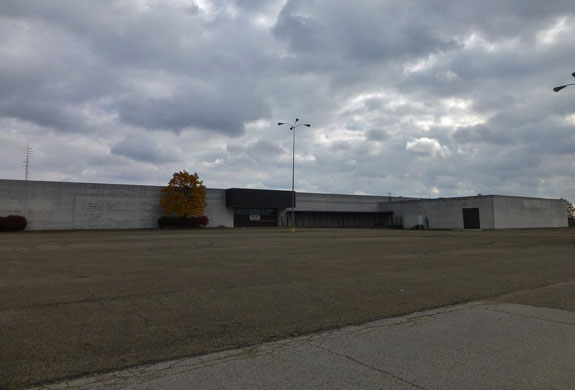One in six American malls are expected to disappear in the next decade. That’s scary news for many communities.
Visits to malls declined by 50 percent between 2010 and 2013, according to real estate research firm Cushman & Wakefield. Analysts expect upcoming data will show an even steeper drop in mall traffic.
Mall closures could have terrifying implications for communities, Howard Davidowitz, chairman of Davidowitz & Associates, a national retail-consulting and investment-banking firm, told Business Insider.
About 15 percent of malls will disappear in the next decade, according to A Study By Green Street Advisors. That means hundreds of malls will close down, potentially affecting thousands and thousands of jobs.
“When a mall closes, it’s a blight in the community for a very long time,” Davidowitz said in a telephone interview. “Empty stores mean ugly holes where jobs are lost and taxes aren’t paid.”
While there has been speculation that shuttered department stores will be replaced by new businesses like e-commerce warehouses, medical clinics, and gyms, Davidowitz says it will take a decade for these spaces to be filled.

Rolling Acres Mall (Image credit: Nicholas Eckhart)
“The jobs that will be lost will take 10 years to replace,” he said. “In the mean time you have people who are out of work, which will hurt the middle class even more.”
Malls are typically economic centers that pay high taxes and employ a lot of people. When they shut down, the whole community feels the impact.
Macy’s just announced it is closing 100 stores, following similar announcements from Sears and JCPenney.
Fewer “anchor stores” in malls also spells even more trouble for specialty stores like Gap and Abercrombie & Fitch. Many Americans visit a mall intending to go to department stores, then stop in other stores once they’re there.
There are numerous reasons for the brick-and-mortar apparel industry’s decline.
Americans are increasingly choosing to spend on technology and experiences like vacations, leaving less money for apparel. This has led to a spike in discount retailers like TJ Maxx. When people do shop at traditional full-price retailers, they increasingly prefer to do so online.
Davidowitz says America has too many stores, and more shut-downs are inevitable.
“America has five times more square foot of shopping per person than any other country,” he said. “We’re so overstored it’s ridiculous.”
